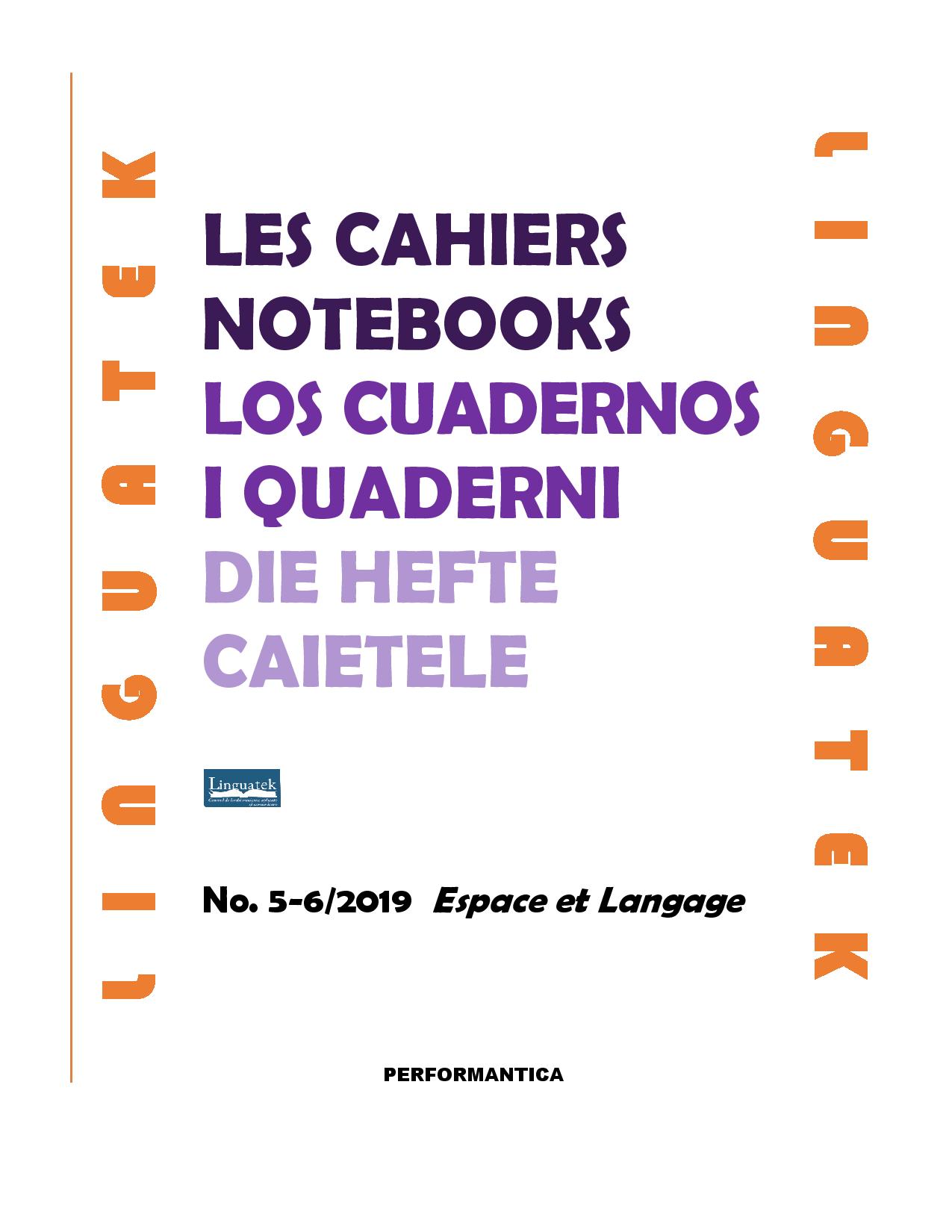Temps et espace du silence : vocabulaire spirituel et absence significative de parole dans la liturgie
Time and Space of Silence: Spiritual Vocabulary and Significant Absence of Words in the Liturgy
Author(s): Šárka NovotnáSubject(s): Theology and Religion, Sociology of Religion
Published by: Editura Politehnium
Keywords: Silence; liturgy; Sacrosanctum Concilium; active participation; collective imagination;
Summary/Abstract: This article contemplates inner and outer characteristics of silence in liturgy, its psychological effect on an individual, its subjectivity and how a group of people experiences it during a liturgical celebration. Silence reflects itself “inside” an individual – it allows them to reflect upon themselves, compare their life to their environment, usually defined by its disturbing cacophony. Thus, we first think about perception of silence and a multitude of feelings it provokes, where it changes depending on the individual in a concrete situation. In collective imagination, silence is frequently tied to monasteries and churches, it represents their inseparable part which defines them – which constitutes a reason for people to turn to them. The silence that these sacred areas provide, is a meditative silence, which is often accompanied by a silent awe. Therefore, they differ from the everyday routine and in a religious conception, they become a place to meet God (in a silent prayer) as well as oneself, because prayer allows to perform a meditative introspection. Silence accompanies liturgy as well – it strengthens and intensifies its other components – music and word. Technical aspects of silence are debated in the last part of this article, according to the Sacrosanctum Concilium constitution, which is the first one to analyze silence and its role in liturgy, effectively codifying it.
Journal: LES CAHIERS LINGUATEK
- Issue Year: 3/2019
- Issue No: 05+06
- Page Range: 95-104
- Page Count: 10
- Language: French

